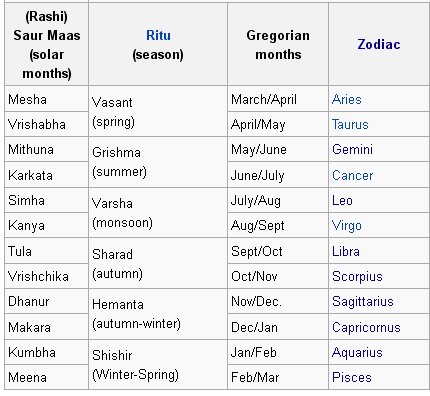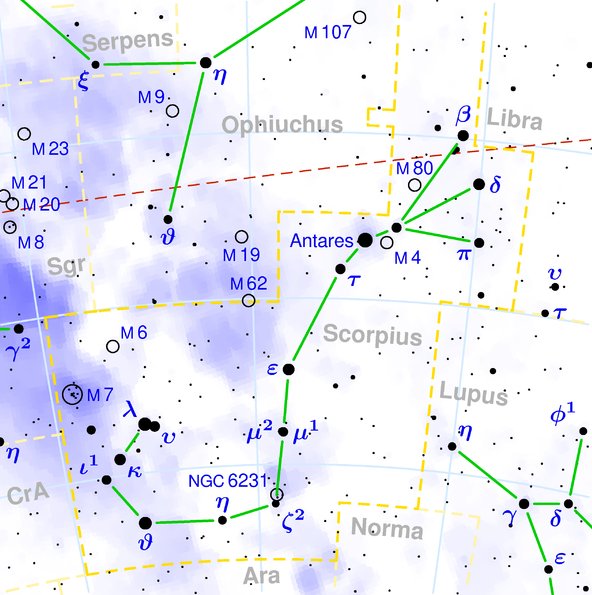Here we could have a possibility to connect the E text with the G text:
Because also the E text has a pair of vero glyphs. Furthermore, the glyphs which are following look similar to the corresponding ones in the G text:
Given the assumption that also vero in Eb4-2 corresponds to Porrima (γ Virginis), the following 4 glyphs could correspond to Mimosa (β Crucis), to right ascension night *193 (Toko Tokoga), to Alioth (ε Ursae Majoris), respectively to Minelauva (δ Virginis) - which latter name I suggest could mean 'Mouth of the Barker'. ... The medieval names Auva, Al Awwa, and Minelauva are from the Arabic, meaning 'barking (dog)'. This star, along with β Vir (Zavijava), γ Vir (Porrima), η Vir (Zaniah) and ε Vir (Vindemiatrix), were Al Awwā, the Barker ... ... On Euphrates it was Lu Lim, the Gazelle, Goat, or Stag, - or perhaps King; and, with ε, probably Mas-tab-ba, another of the seven pairs of Twin-stars of that country. The Hindus called it Āpa, or Āpas, the Waters; and the Chinese, Tsze Seang, the Second Minister of State ... ... Gazelle is derived from the Arabic ġazāl. The first Latin language to adopt it was Middle French, and the word entered the English language around 1600 from the French. Arab people traditionally hunted the gazelle. Appreciated for its grace, it is a symbol most commonly associated in Arabic literature with female beauty. One of the traditional themes of Arabic love poetry involves comparing the gazelle with the beloved, and linguists theorize ghazal, the word for love poetry in Arabic, is related to the word for gazelle ...
If so, then vero in Eb5-10 should correspond to day 80 + *191 + 50 = 321 (November 17). Which at the time of Bharani would have been day 321 - 41 = 280 ("October 7). And at the time of the Bull this place would have been around right ascension night *200 - *23 (precessional time depth down from the epoch of Bharani) = *177 (= 6 * 29½):
... The name Vrischika made me guess on an origin in India. By searching in Wikipedia I could indeed find the name to be a probable corruption of Vrishchika, the name of the 8th solar month in the Hindu calendar:
According to this system, with 6 double-months, Vrishchika indicates the Scorpion. Allen: 'Early India knew it [Scorpius] as Āli, Viçrika, or Vrouchicam, - in Tamil, Vrishaman; but later on Varāha Mihira said Kaurpya, and Al Birūni, Kaurba, both from the Greek Scorpios. On the Cingalese zodiac it was Ussika ... Taurus was the Cingalese Urusaba, the early Hindu Vrisha, Vrishan, or Vrouchabam, - in the Tamil tongue, Rishabam; but subsequently Varāha Mihira gave it as Taouri, his rendering of Taurus, and Al Birūni, in his India, as Tāmbiru ... The connection between Taurus in spring and Scorpius in autumn probably accounts for the similarity in names between Vrish-abha and Vrish-chika. Presumably it also accounts for the similarity between the figures in Ga1-4 and in Ga7-16:
The distance 50 right ascension days from Porrima to Vrischika (π Scorpii) could perhaps have been intended to correspond to the 50 dark nights before Venus returned as evening star.
|
|||||||||||||||||||||||||||||||||||||||||||||||||||||||||||||||||||||||||||||||||||||||||||||||||||||||||||||||||||||||||||||||||||||||||||||||||||








